While watching content on platforms like YouTube or Netflix, you will come across videos that contain flashing lights or strobe lights for creative purposes. But watching such videos may do more harm than good to viewers with photosensitive epilepsy. Videos with flashing lights can cause problems such as headaches, nausea, and blurred vision.

To address this issue, Apple has rolled out a new feature for iPhone, iPad, and Mac users that allows them to automatically dim flashing lights when such videos start playing. We will show you how to enable this feature on different Apple devices.
Dim Flashing Lights on iPhone and iPad
Today, mobile devices are primarily the main source of content consumption. So let us first show you how to automatically dim flashing lights while watching videos on your iPhone and iPad. Note that this feature was introduced with iOS 16.4 and iPadOS 16.4. So, before proceeding with the steps, we suggest you update the software version of your device.
The steps remain the same for iPhone and iPad.
Step 1: Open the Settings app on your iPhone or iPad.

2nd step: Scroll down a bit and tap on General.
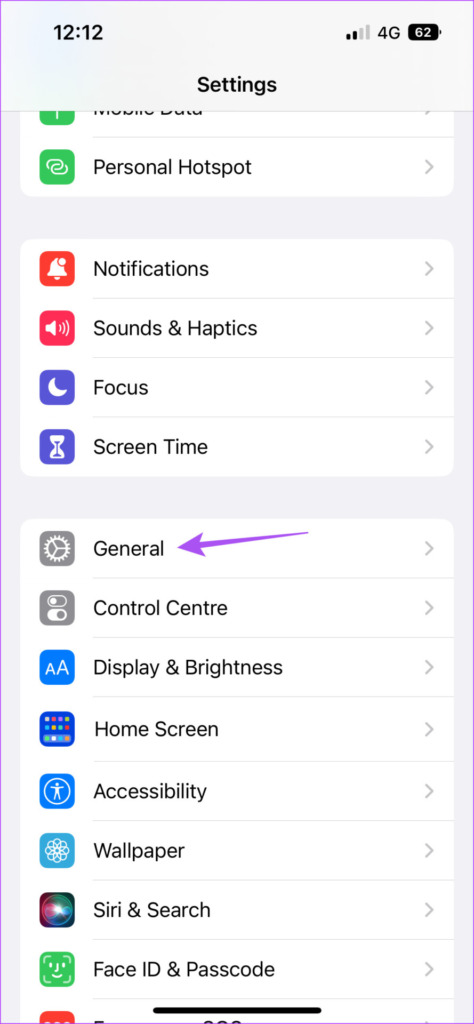
Step 3: Tap Software Update.
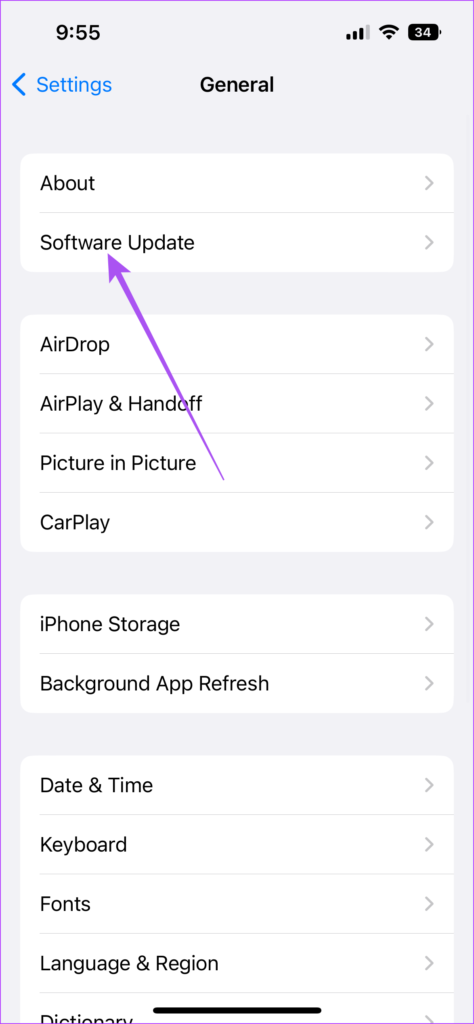
Step 4: If an update is available, download and install it.
Once the installation is complete, here’s how to enable Dim Flashing Lights on your iPhone or iPad. The steps remain the same for both platforms.
Step 1: Open the Settings app on your iPhone or iPad.

2nd step: Scroll down and tap Accessibility.

Step 3: Tap Motion from the list of options.
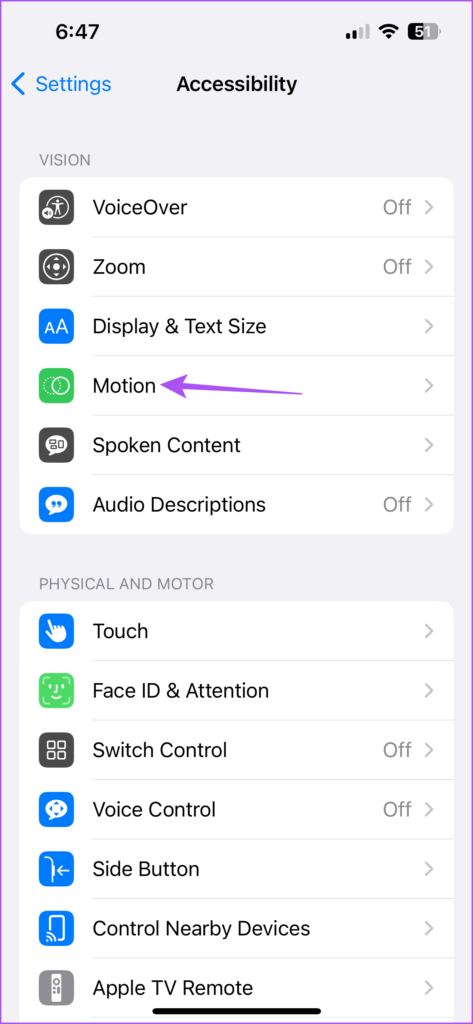
Step 4: Tap the toggle next to Dim Flashing Lights.

Besides using this feature during video playback, you can also set app limits on your iPhone and iPad to prevent excessive media consumption.
Dim flashing lights on Mac
If you consume most of your Mac’s videos, you can enable the feature to automatically dim flashing lights in videos. Note that your Mac must be running macOS Monterey 13.3 or higher to use this feature. Here is how to check and install the same.
Step 1: Press Command + Spacebar keyboard shortcut to open Spotlight search, type System settings, and press Return.
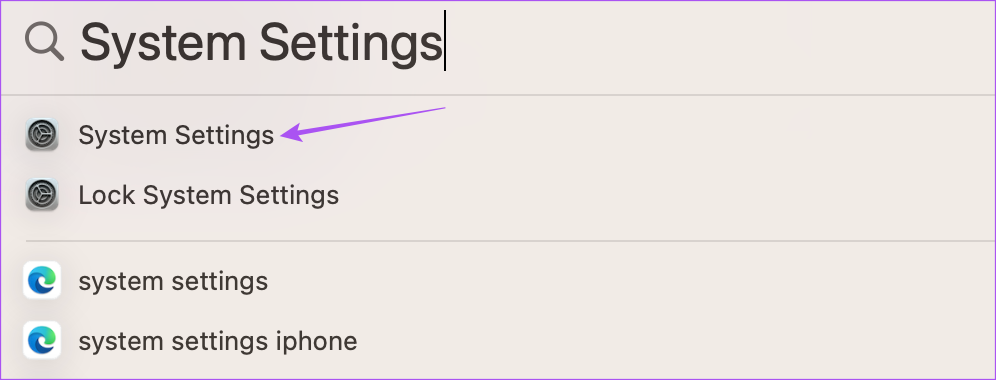
2nd step: Click General in the left menu.
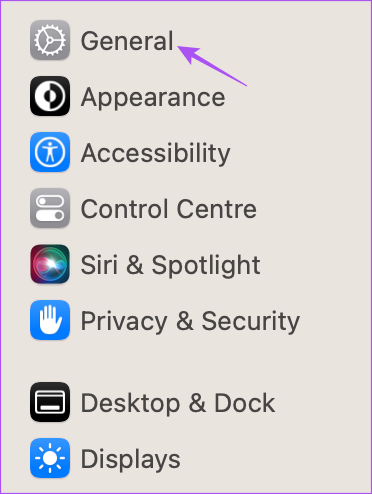
Step 3: Click Software Update.
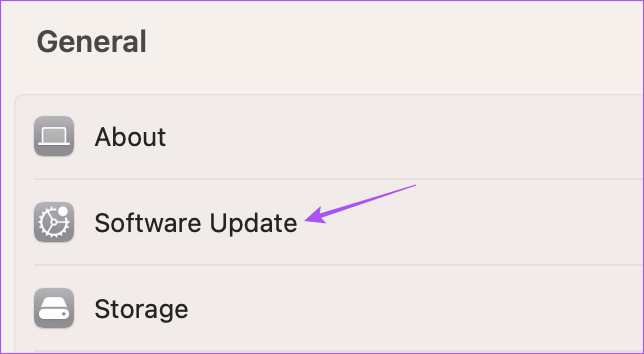
Step 4: If an update is available, download and install it on your Mac.
Once the installation is complete, here’s how to dim flashing lights while watching videos on your Mac.
Step 1: Press Command + Spacebar keyboard shortcut to open Spotlight search, type System settings, and press Return.

2nd step: Scroll down and click Accessibility in the left sidebar.

Step 3: Select View from the list of options.

Step 4: Click the toggle next to Dim Flashing Lights to turn it on.

After you start playing a video, your screen will start to dim automatically.
Watching video content that includes strobe light effects is not recommended, especially for children. You can use the Screen Time feature on Mac to monitor and limit content consumption.
Dim flashing lights on Apple TV
Apple also introduced this feature for Apple TV users. If you’re a movie buff, you must have stumbled across films like Enter The Void, which feature heavy strobe light effects (that’s just Gaspar Noé for you). So, if you want to reduce strobe lighting effects, you can enable the feature on your Apple TV. Before that, make sure you are using tvOS 16.4 or higher.
Step 1: Open Settings on your Apple TV.

2nd step: Scroll down and select System.
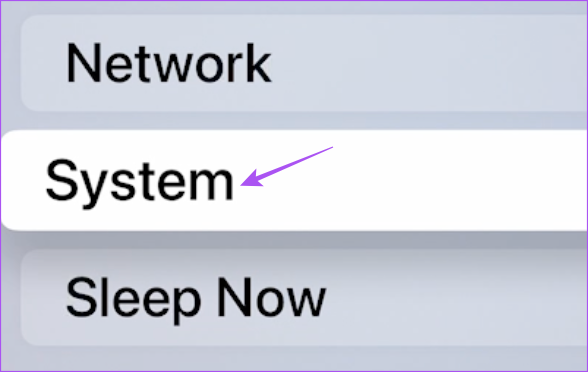
Step 3: Select Software Updates.
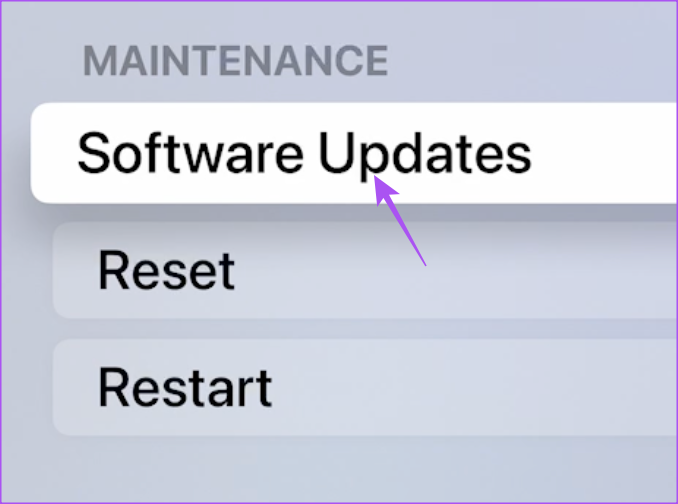
Step 4: Select Update Software.
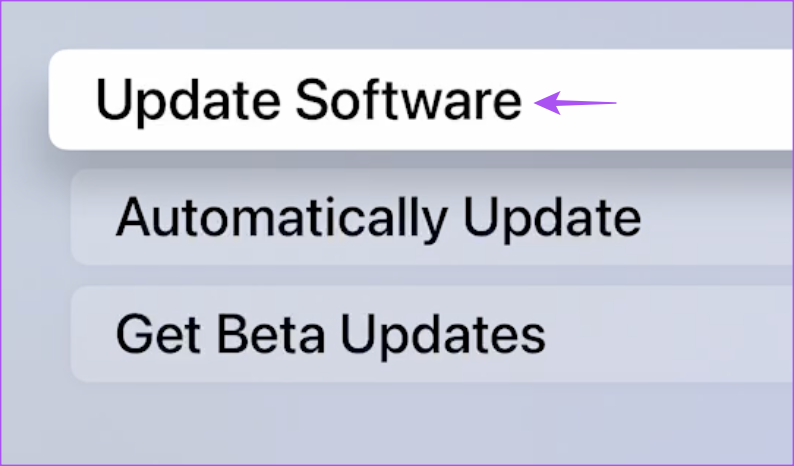
Step 5: If an update is available, download and install it.
Once installed, here’s how you can automatically dim flashing lights in videos on your Apple TV or Apple TV 4K.
Step 1: Open Settings on your Apple TV.

2nd step: Scroll down and select Accessibility.

Step 3: Select Motion from the list of options.

Step 4: Select Dim Flashing Lights to activate the function.

save your eyes
It’s a big step from Apple to include the option to automatically dim flashing lights across different devices. There are many more accessibility features for people with visual impairments. For example, you can invert the screen or image colors on your iPhone to avoid the adverse effects of prolonged use of the device. We recommend that you balance your device’s screen time with your daily use.
